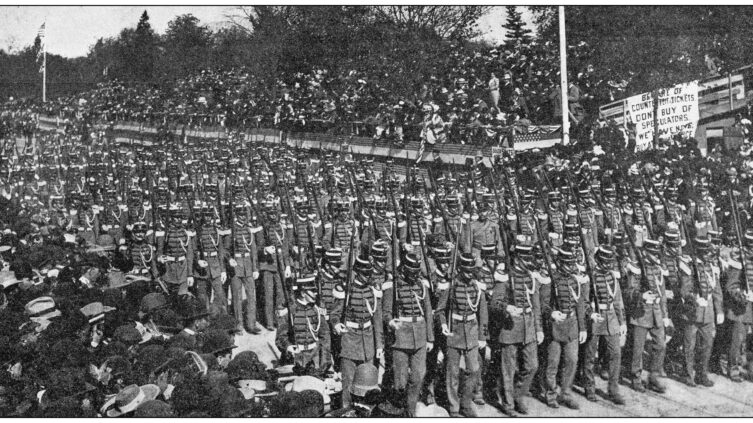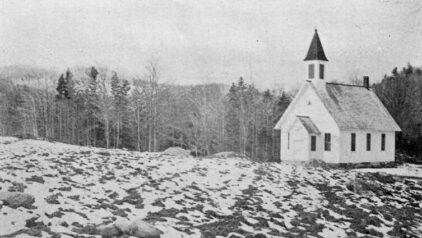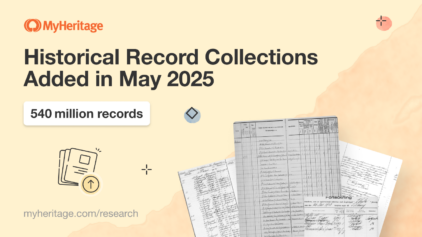What Military Records Can Tell You About Your Ancestors’ Service
- By Gavin Crawley ·


Every family has its stories. However, while periods of hardship, sacrifice or acts of heroism can all have a major impact on a person’s life, they were rarely committed to paper. Fortunately, they weren’t lost in time, as military records can give you a way to tap into these life chapters. Despite what many think, military records don’t just show when and where someone served their country. Instead, they comprise a rich source of information that can help you flesh out the bones of your family tree.
Whether talking about enlistment papers or pension files, these valuable records help you see who they actually were and feel closer to them.
What Do We Mean By ‘Military Records’?
When we talk about military records, we mean the official documents created when someone served in the armed forces. They can offer a priceless glimpse into your ancestor’s life, over and above what civil documents offer.
Among the types of military records you’ll find are:
- Enlistment forms – these documents show when and where someone signed up, along with personal details like age, occupation, and next of kin.
- Service records – this is paperwork through which you can track their movements, changes in rank, and duties.
- Pension records – often rich in detail, especially if a veteran was injured or applied for post-service support.
- Medical files – servicemen often become ill or hurt, and these files can reveal illness, injury, or treatment while in service.
- Disciplinary reports – a great way to reveal any punishments, infractions, or even commendations they received.
- War diaries – though they rarely mention people by name, these give insight into the daily conditions, battles, and decisions affecting the unit your ancestor was part of.
Far from being dry or impersonal, when you search for military records, you can tell you how tall your ancestors were, their eye color, and even the kind of people they were through the events they experienced.
Digging Deeper: Research Tips
As with all genealogy, context matters. For instance, a regiment number alone won’t mean much unless you understand the broader picture. That’s why you should look at where the unit was posted, what battles it took part in, and what life would have looked like for someone in your ancestor’s position.
It’s also worth cross-referencing with census records or civil documents, as you may find someone listed as a soldier in 1911, and then pick up their trail again in a post-war marriage certificate or an electoral roll.
Not All Military Records Survived…
Keep an eye out for military abbreviations, and don’t assume every service record survived, as many British Army files were lost in a fire during the Blitz. With just a bit of persistence, military records can help you put the pieces of the puzzle together. However, if you’re brand new to genealogy research, you might want to first take our Introduction to Genealogy course. It allows you to master the basics and take even more meaning from the military you find.
Preserving Their Story Through Military Records
Military records offer one of the best ways to understand what your ancestors lived through. They captured the choices they made, the consequences, and the pressures of the times they served in. Did your ancestor enlist by choice, or were they drafted? Did they serve overseas, get injured, receive medals, or quietly return home?
These are the kinds of questions that military records can help you answer, allowing you to get to know your ancestor in a truly personal way. So, if you’re building your family tree with MyHeritage.com, be sure to include these documents in your search, as they can bring a whole new layer of clarity to your family’s past.










